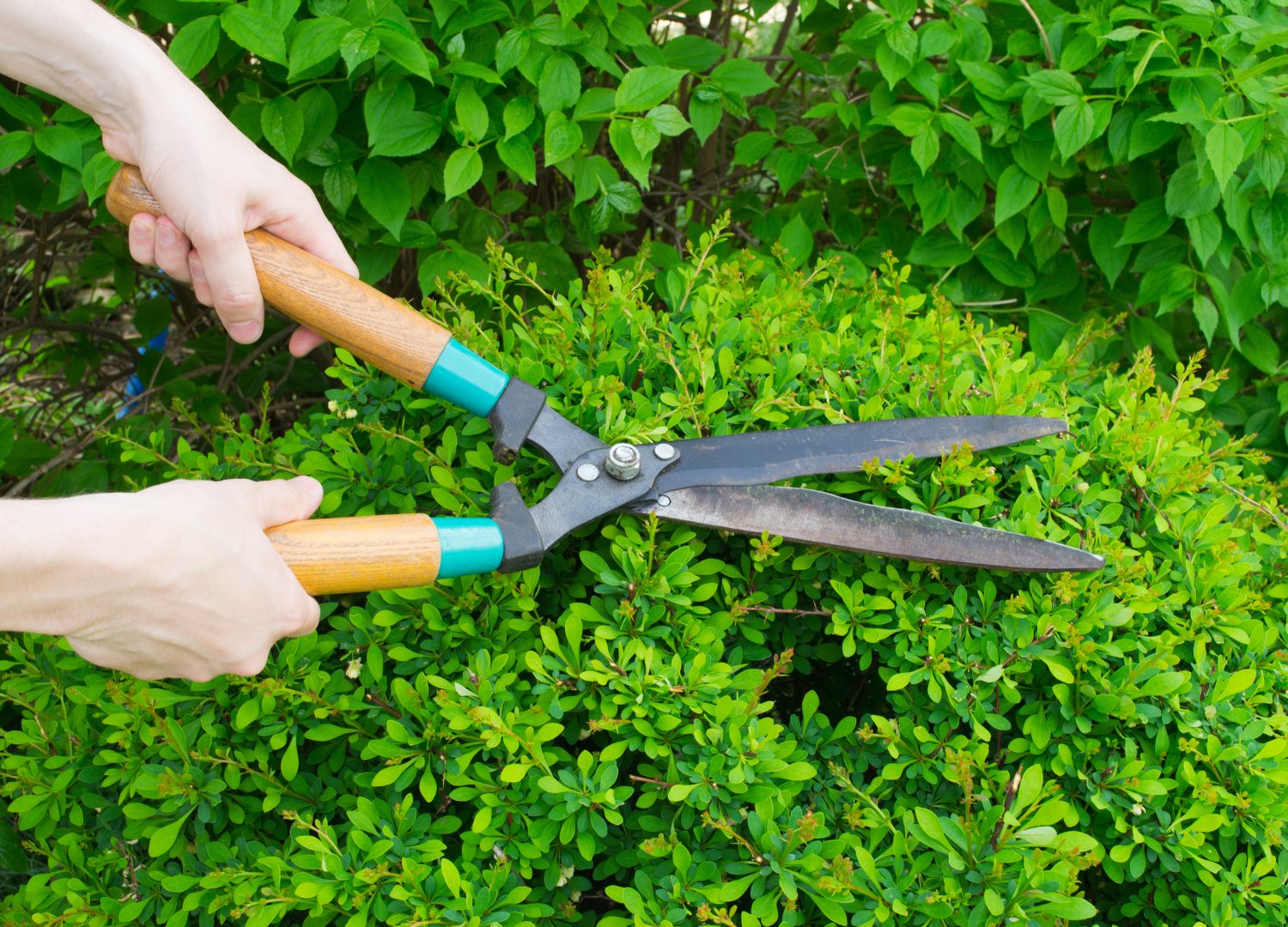Pruning is a vital practice for maintaining the health and appearance of trees. Before making cuts to alter the size or shape of a tree, the first step is to remove any dead, diseased, or broken branches. This ensures that the tree can focus its energy on healthy growth and prevents the spread of disease.
When it comes to making cuts, proper technique is essential to avoid causing further harm to the tree. For thinner branches—about the thickness of your thumb (approximately 20mm or ¾ inch)—a sharp pair of secateurs or a two-handed lopper is sufficient. For thicker branches, a pruning saw should be used with care to ensure a clean cut.
An important point to remember is to never cut flush with the trunk or a parent branch. Doing so can damage the branch collar, which is the bulge located at the base of the branch where it connects to the trunk. The branch collar consists of interlocking layers of cells that play a crucial role in the tree’s healing process, sealing the wound to protect against decay and disease. To promote optimal healing, always aim to make cuts that preserve the branch collar.
For the removal of thin branches using secateurs or loppers, you can generally make a single cut. Most secateurs are rated for branches up to 20mm, while larger models can handle branches up to 25mm. These one-handed tools can be complemented by using your other hand for extra force. Loppers, which are two-handed tools, allow for easier cutting of thicker branches due to their longer handles and built-in mechanical advantages.
When dealing with larger branches, a pruning saw requires a technique involving three cuts to prevent damage to the tree. First, make an undercut a few inches away from the trunk; this avoids tearing the bark. Next, move further out on the branch and cut through it completely. This will relieve the weight of the branch and prevent harm when making the final cut. The last cut should start from the outside edge of the branch bark ridge and move toward the branch collar—be sure not to cut too deep to protect both the trunk and the branch collar.
Remember, always leave a short stub when removing branches—not cutting flush with the trunk helps preserve the branch collar, facilitating the tree’s healing process. By following these pruning techniques, you can ensure your trees remain healthy, enhancing their beauty and longevity in your landscape. 🌳✂️


Thanks for sharing. I read many of your blog posts, cool, your blog is very good.
I don’t think the title of your article matches the content lol. Just kidding, mainly because I had some doubts after reading the article.
Your point of view caught my eye and was very interesting. Thanks. I have a question for you.
I don’t think the title of your article matches the content lol. Just kidding, mainly because I had some doubts after reading the article.
Thank you for your sharing. I am worried that I lack creative ideas. It is your article that makes me full of hope. Thank you. But, I have a question, can you help me?